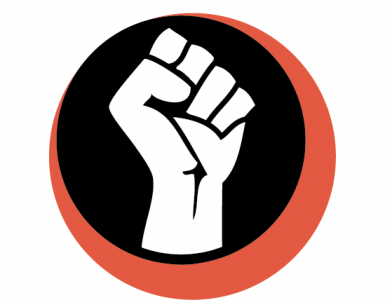How do movements take effective action and choose tactics?
In a nutshell: Action is the ultimate purpose of a resistance movement; effective action requires the supporting capacities described in previous chapters, combined with good strategy, planning, and target selection.
| In this chapter: | |
| Stop Huntingdon Animal Cruelty – Activists wage a prolonged campaign to take down an animal testing company by attacking where it is weakest. (p. 527) | |
| Strategic and Tactical Principles – Eleven principles for direct action and disruption, distilled from hundreds of movements. (p. 530) | |
| Operation Bite Back – An Animal Liberation Front cell takes secret action using the above principles. (p. 553) | |
| Planning an action – A checklist for planning a successful action. (p. 555) | |
| Peasant Resistance Tactics – Not all direct action is spectacular; a brief look at peasant resistance in Malaysia. (p. 559) | |
| The North-West Rebellion – Métis and Cree people rise up against Canadian encroachment and colonialism, and they come very close to winning, except for one problem: their leader. (p. 561) | |
Movements and groups in this chapter:
Featured: Stop Huntingdon Animal Cruelty (SHAC), Animal Liberation Front, Malaysian Peasant Resistance, Métis and Cree Rebels. Mentioned: African National Congress, Anti-Nazi Resistance in Occupied Europe, Deacons for Defense, Congress of Racial Equality, Direct Action (Squamish Five), Ruckus Society, 1930s Poor Peoples Movements, Citizen’s Commission to Investigate the FBI, Industrial Workers of the World, Anti-War Movements, Greek Anarchists, Elaho Valley Land Defenders, Lakota, Cheyenne, and Arapaho Warriors, Special Operations Executive, Ejército Popular Revolucionario, Viet Minh, Civil Rights organizations, Wimmin’s Fire Brigade, Bolt Weevils.






